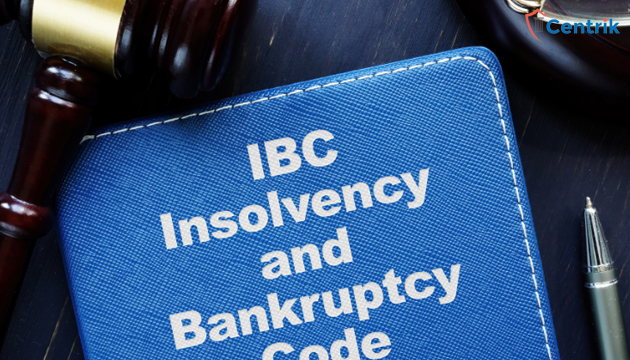
Status as on- 30/11/2022
Introduction:
Insolvency and Bankruptcy Code came into existence in May 2016 because of the malfunctioning of the previously prevalent legal system under the Board for Industrial and Financial Reconstruction (BIFR) as it was excessively abused and misused by their shareholders.
The code has helped the creditors to recover their amount from defunct companies and bring them back to their actual position. IBC was introduced so as to reduce India’s long-standing problem of NPAs.
IBC and other legislations:
The Supreme Court has played an important role in deciding the role of the Insolvency and Bankruptcy Code, 2016 amongst all other laws of the land.
The Insolvency and Bankruptcy Code, 2016 has provisions that override other laws in India, e.g.: Section 238 of IBC. It’s a non-obstante provision. It signifies that a clause or provision in the Act has the authority to override any other provision or clause in the Act that conflicts with this or another legislation.
The overriding impact of the IBC has been questioned several times, such as:
1. In the case of Innovative Industries Ltd. v. ICICI Bank Ltd. where it was contended that corporate debtors are fetching vantage of the gain/immunity from quittance given by the government under the Maharashtra Relief Undertaking (Special Provisions) Act, 1958. In this, the Supreme Court upheld the interpretation by ruling that the non-obstante provision of the IBC would prevail over the non-obstante clause of the MRUA in an appeal against the NCLAT judgment.
2. The overriding ability of this legislation was again questioned in the instance of Sterling SEZ Infrastructure Ltd., where the concerned issue was governed by the Prevention of Money Laundering Act, 2002 (PMLA). In this case, with the assistance of amicus curiae, the hon’ble tribunal said that the IBC has a greater impact than PMLA based on the objectives of IBC, i.e., maximizing asset value, faster settlement, faster recovery, and economic interest of beneficiaries.
3. In another instance, Pr. Commissioner of Income Tax v. Monnet Ispat and Energy Ltd., the Supreme Court clearly stated that anything incongruous in any other statute, including the Income Tax Act, shall be overridden by Section 238 of the IBC .
4. In another case namely, Jagmohan Bajaj v. Shivam Fragrances Pvt. Ltd. & Others , the NCLAT stated that the IBC is a unique law that has precedence over other laws.
Conclusion:
As of today, IBC remains the best mechanism for the resolution of bad debts in India’s financial system, as debt recovery rates under the IBC have been vastly superior to those under other resolution mechanisms in India . The Insolvency and Bankruptcy Code has been amended depending on the need of the hour in order to maintain balance in the rights of the stakeholders with competing interests. As the RBI’s 2019 report on Trend and progress of Banking in Indian states, “Recovery of stressed assets improved during 2018-2019 propelled by resolutions under the IBC, which contributed more than half of the total amount recovered.”
Going forward the experts still expect more modifications in the code such as automatic admission of bankruptcy petitions based on the record of default and many more.
The Supreme Court’s decision determines the scope of overriding effect of Section 238 in the future but past cases of the overriding effect have weighed more towards IBC. The Insolvency and Bankruptcy Code is still developing and keeping pace with the modern development in the modern times through periodical review over the next few years to bridge the gaps
Disclaimer: The above article is based on the personal interpretation of the related orders and laws. The readers are expected to take expert opinions before relying upon the article. For more information, please contact us at rera@centrik.in




 join For Updates
join For Updates